Entry Category: Counties, Cities, and Towns
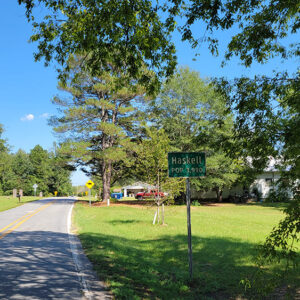 Entering Haskell
Entering Haskell
Haskell (Saline County)
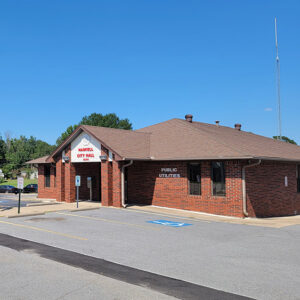 Haskell City Hall
Haskell City Hall
 Haskell Fire Department
Haskell Fire Department
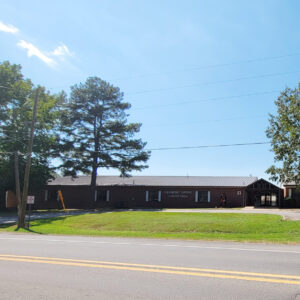 Haskell Junior High School
Haskell Junior High School
 Haskell Museums
Haskell Museums
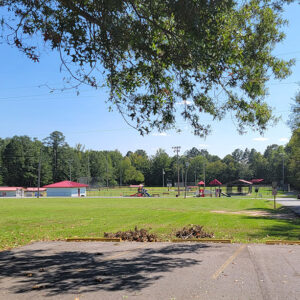 Haskell Park
Haskell Park
 Haskell Police
Haskell Police
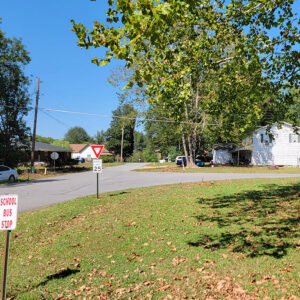 Haskell Street Scene
Haskell Street Scene
 Haskell Street Scene
Haskell Street Scene
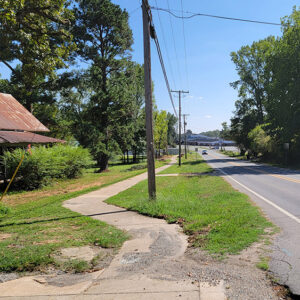 Haskell Street Scene
Haskell Street Scene
Hatfield (Polk County)
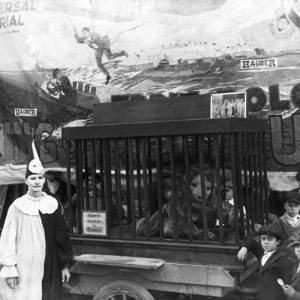 Hauber Theatre
Hauber Theatre
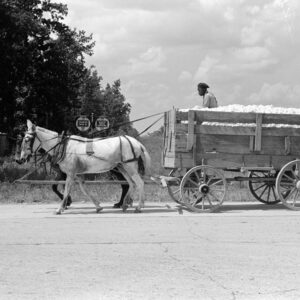 Hauling Cotton
Hauling Cotton
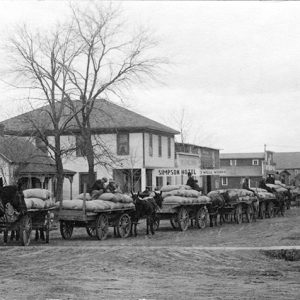 Hauling Rice to the Mill
Hauling Rice to the Mill
Havana (Yell County)
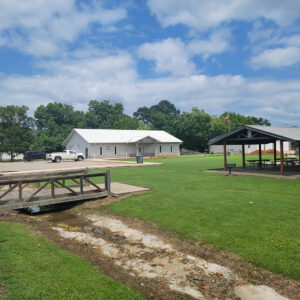 Havana City Hall
Havana City Hall
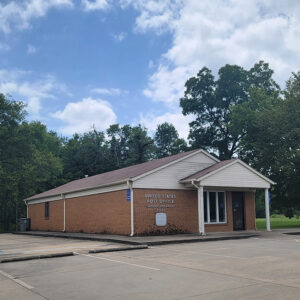 Havana Post Office
Havana Post Office
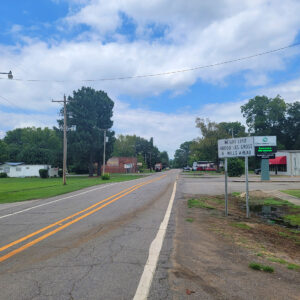 Havana Street Scene
Havana Street Scene
 Havana Street Scene
Havana Street Scene
Haynes (Lee County)
Hazel Grove (Independence County)
 Hazel Hotel
Hazel Hotel
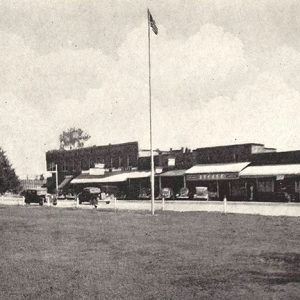 Hazen
Hazen
Hazen (Prairie County)
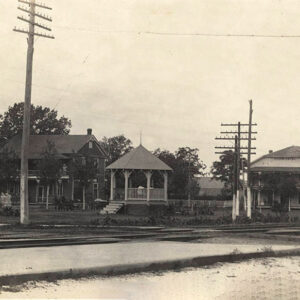 Hazen City Park
Hazen City Park
 Hazen Community Center
Hazen Community Center
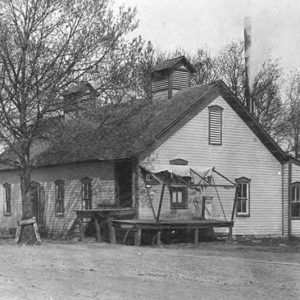 Hazen Creamery
Hazen Creamery
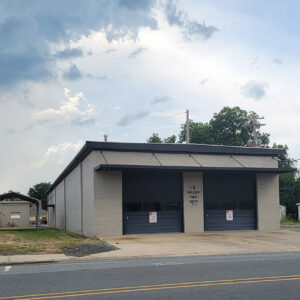 Hazen Fire Department
Hazen Fire Department
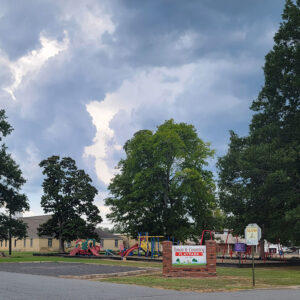 Hazen Park
Hazen Park
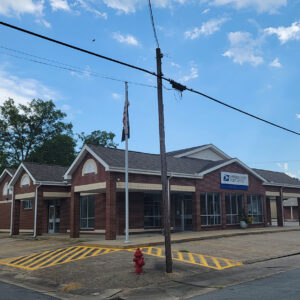 Hazen Post Office
Hazen Post Office
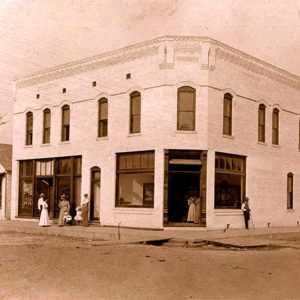 Hazen Post Office
Hazen Post Office
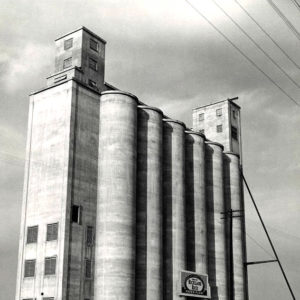 Hazen Rice Elevator
Hazen Rice Elevator
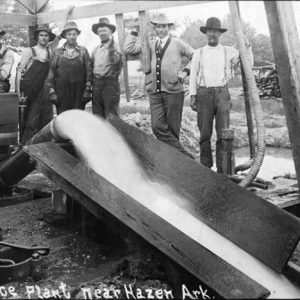 Hazen Rice Plant
Hazen Rice Plant
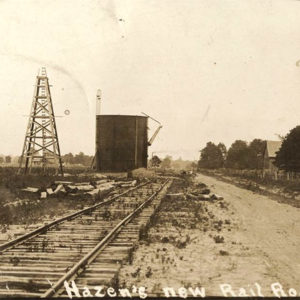 Hazen Scene
Hazen Scene
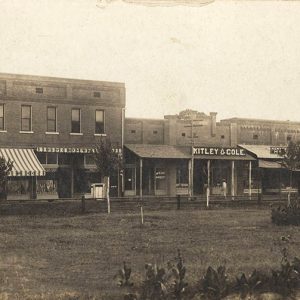 Hazen Street Scene
Hazen Street Scene
 Hazen Street Scene
Hazen Street Scene
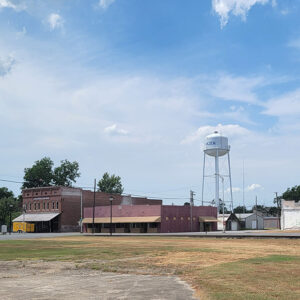 Hazen Street Scene
Hazen Street Scene
 Hazen Street Scene
Hazen Street Scene
 Hazen Street Scene
Hazen Street Scene
 Hazen View
Hazen View
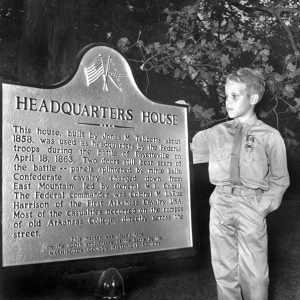 Headquarters House Commemorative Plaque
Headquarters House Commemorative Plaque
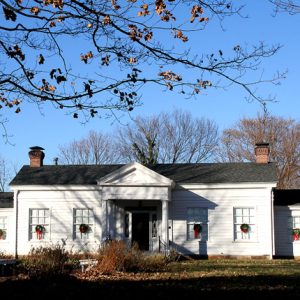 Headquarters House Museum
Headquarters House Museum
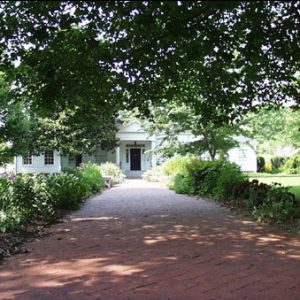 Headquarters House Museum
Headquarters House Museum
 Headquarters House Museum
Headquarters House Museum
Hearn (Clark County)
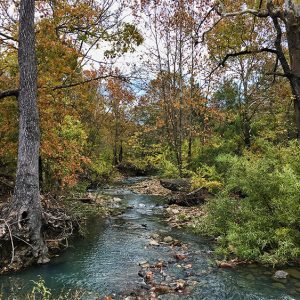 Heath Creek
Heath Creek
Heber Springs (Cleburne County)
 Heber Springs Depot
Heber Springs Depot




